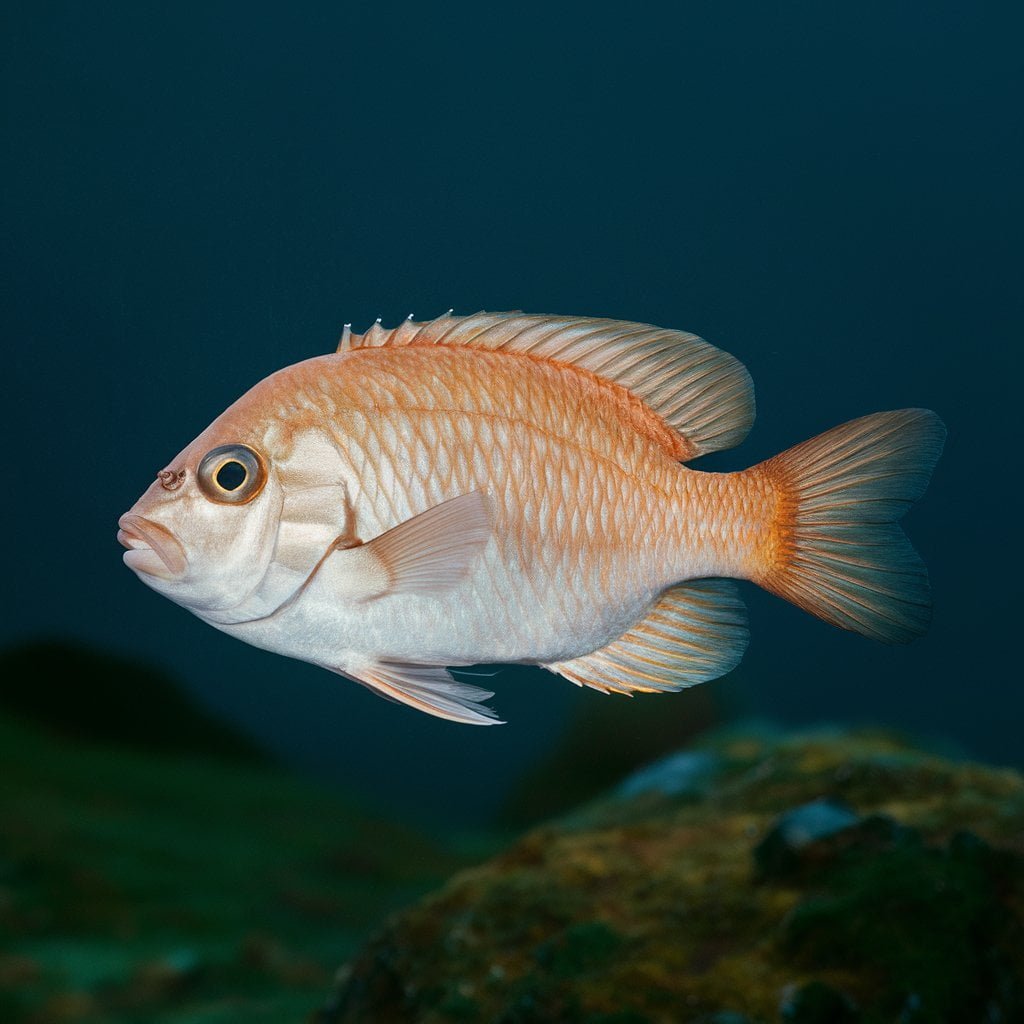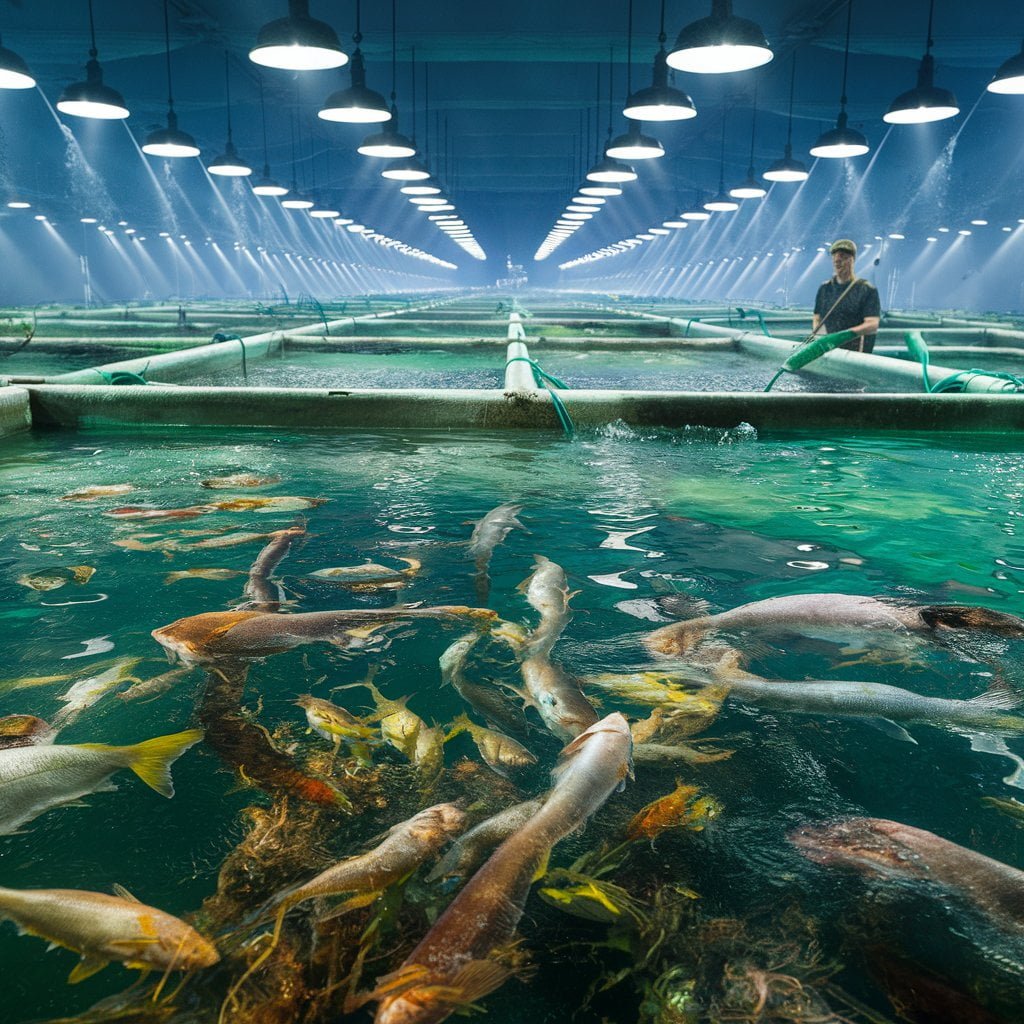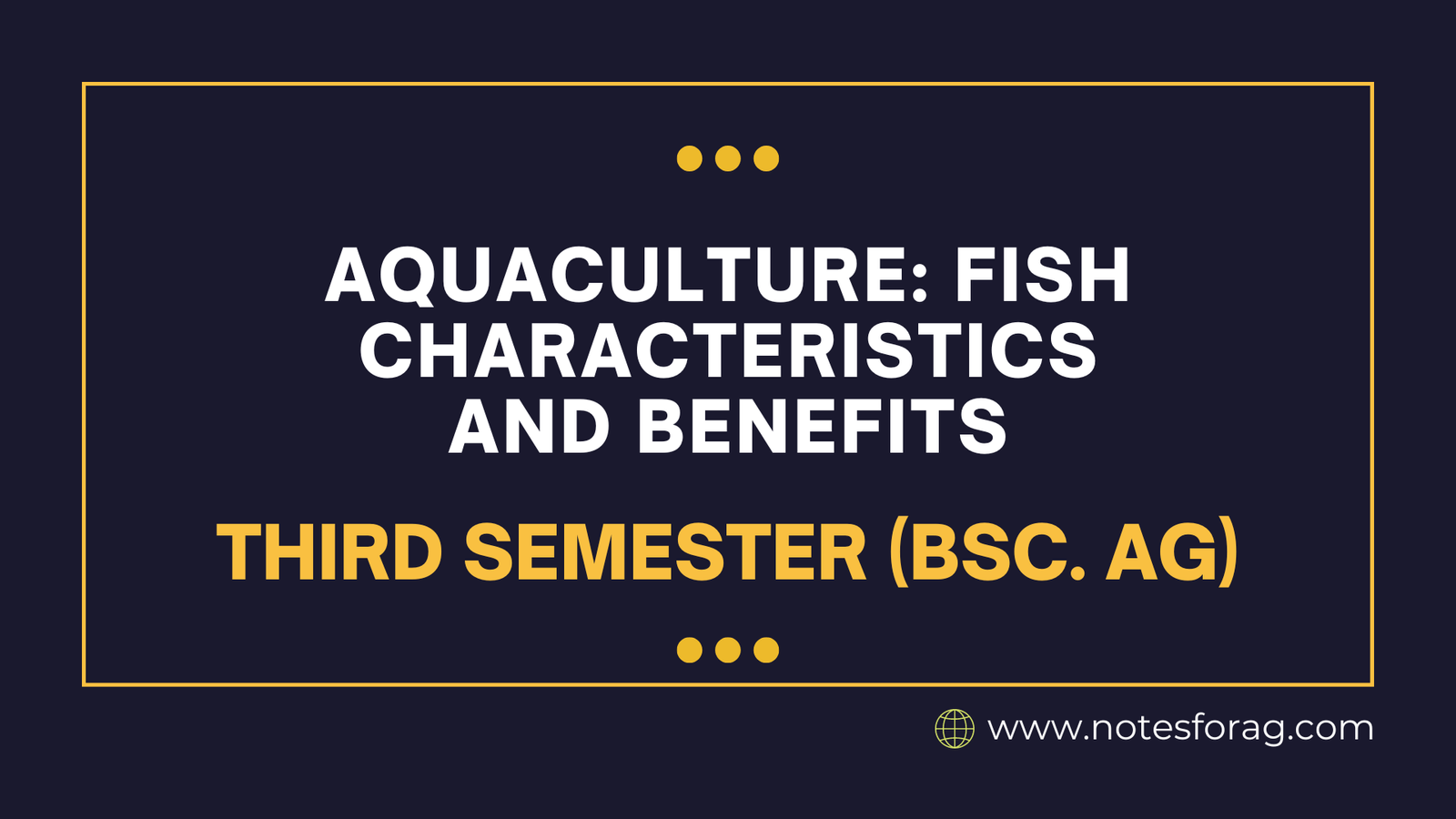Fish are aquatic animals that live in a variety of settings, including freshwater and saltwater. Aquaculture is the process of breeding, raising, and harvesting fish and other aquatic creatures in controlled environments. A fishery is a sector or site where fish are captured, processed, and sold. It includes both wild capture and aquaculture activities. Together, these fields are critical for food security, economic support, and environmental balance.
Table of Contents
Definition of Fish

Fish are aquatic animals that are usually cold-blooded, have gills throughout their lives, and have fins rather than limbs. They can be found in a variety of aquatic settings, including freshwater rivers and lakes and the salty depths of the ocean.
Definition of Fishery
A fishery is a fish-populated environment or a business enterprise that harvests, processes, or sells fish and other aquatic species. Fisheries can be classified according to their target species, the kind of environment (marine or freshwater), and the methods used (commercial, recreational, or subsistence).
Definition of Aquaculture

Aquaculture, often known as aquafarming, is the breeding, growing, and harvesting of fish, shellfish, algae, and other aquatic creatures in controlled conditions. It is a rapidly increasing sector that accounts for a major share of global seafood consumption.
General Characteristics of Fish
Fish have a variety of features that set them apart from other animals:
- Gills: Fish use gills to extract oxygen from the water.
- Fins: Fish use fins to navigate, steer, and balance in water.
- Scales: Most fish have scales to protect their bodies.
- Swim bladder: Many fish have a swim bladder, which is an internal gas-filled organ that helps them stay afloat.
- Cold-Blooded: Fish are ectothermic, which means that their body temperature changes with the environment.
- Reproduction: Fish can be oviparous (egg-laying), viviparous (live-bearing), or ovoviviparous (laying eggs that hatch within their bodies).
Desirable Characteristics of Fish for Culture
When selecting fish species for aquaculture, certain characteristics are particularly desirable. These traits not only ensure the viability and profitability of fish farming operations but also contribute to sustainable practices. When selecting fish species for aquaculture, numerous desired qualities are taken into account to enable efficient and sustainable production:
- Fast Growth Rate: Species that grow rapidly to market size are desirable.
- Disease Resistance: Fish that are more resistant to illnesses and parasites require less medical procedures.
- High Fecundity: Species with high reproductive rates produce a consistent supply of young for cultivation.
- Efficient Feed Conversion: Fish that efficiently convert feed into body bulk have an economic advantage.
- Adaptability: Fish that can thrive in a variety of environments are more suited to varied aquaculture settings.
- Market Demand: Economic viability favors species with significant market value and demand.
Importance of Fish
Fish have an important function in both ecological and human environments.
- Nutritional value: Fish are a great source of high-quality protein, vital fatty acids (such as omega-3), and minerals.
- Economic value: Fisheries and aquaculture employ millions of people globally and contribute considerably to the global economy.
- Ecological Balance: Fish are essential to aquatic habitats, maintaining ecological balance as predators and prey.
- Food security: Many communities, particularly those on the coast and islands, rely heavily on fish as a food source.
- Recreation and Culture: Fishing is a popular recreational sport with cultural implications in many countries.
- Biodiversity: Fish contribute to the richness of aquatic habitats, with many species playing distinct roles in their ecosystems.
Fish are aquatic vertebrates with gills and fins that play an important role in aquatic habitats. Fisheries involve the collecting and processing of fish, whereas aquaculture is the controlled breeding and rearing of fish and other aquatic animals. Fish have gills, scales, and are coldblooded. Fast growth, disease resistance, high fecundity, and efficient feed conversion are all desirable features in farmed fish. Fish are important for their nutritional worth, economic impact, ecological balance, food security, and cultural significance. Understanding these aspects highlights the critical function fish play in our world.
Frequently Asked Question(FAQ)
What are the main characteristics of fish?
Fish are aquatic vertebrates that have gills, fins, scales, and are cold-blooded. They have a swim bladder for buoyancy and can reproduce in a variety of ways, including egg laying and live bearing.
What are the benefits of aquaculture?
Aquaculture provides a consistent source of seafood, contributes to food security, creates jobs, reduces overfishing pressure on wild fish populations, and boosts the economy.
Why are scales important for fish?
Fish’s scales protect them from physical injury and parasites. They also contribute to hydrodynamics, which allows fish to swim more effectively.
Related Articles

